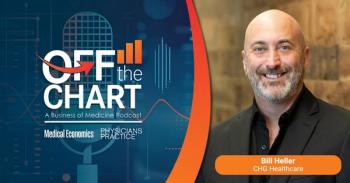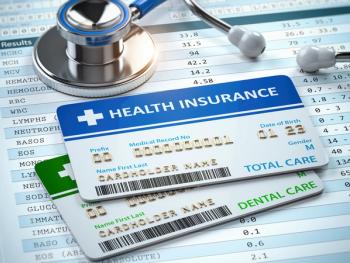
- May 10, 2019 edition
- Volume 96
- Issue 9
How we can stop America’s silent killer
Many Americans still need help digesting information about heart disease and understanding their personal risk.
Editor's Note: Welcome to Medical Economics' blog section which features contributions from members of the medical community. These blogs are an opportunity for bloggers to engage with readers about a topic that is top of mind, whether it is practice management, experiences with patients, the industry, medicine in general, or healthcare reform. The opinions expressed here are that of the authors and not UBM / Medical Economics.
If four jumbo jets filled with passengers crashed every day for a year, killing everyone on board, wouldn’t we mobilize as a community and do something about it? That’s the same amount of people who die annually from heart disease. Over 80 percent of these deaths can be prevented, but despite having the tools to avert this hypothetical crash, our patients continue to board the plane.
Heart disease is the underlying cause of one in three U.S. deaths and kills more Americans a year than all forms of cancer combined-and yet people still fear cancer more. The healthcare community has made significant strides in raising awareness of heart disease and cholesterol, but a
- 62 percent of survey respondents failed a
Heart Attack IQ quiz , proving an overall lack of knowledge about heart disease, risk factors, and prevention.
- Only 42 percent have asked their primary care doctors (PCP) for advice on prevention or management.
- Only 42 percent have been coached by their PCP on specific lifestyle habits that can help prevent or manage heart disease, such as diet, exercise, and meditation.
So, what can we, as medical professionals, do to support our patients?
Dispel heart disease myths:
One reason we continue to see cardiovascular events is that we focus on improving our patients’ low-density lipoprotein (LDL) levels, often skimming over other important factors such as saturated fats and inflammation.
According to the survey, more than half of Americans believe that people with heart disease should eat as little fat as possible-they don’t understand that unsaturated fats that can actually help reduce their risk. In addition, three-quarters of Americansdon’t know that most heart attacks occur in people with normal cholesterol levels, and only 35 percent are aware that inflammation is the trigger for most heart attacks. So, not only do we need to dispel the misconception that cholesterol is the best indicator for heart disease risk, we also need more education about inflammation.
Keep patients up-to-date on screenings:
Offering more comprehensive heart screenings and speaking with patients about their personal risk is the first step in heart attack prevention. According to the survey, only 14 percent of Americans had their inflammatory markers checked within the last year, while 54 percent have had their cholesterol levels checked. In addition, doctors should consider ordering a patient’s bloodwork in advance of his or her appointment, so they can review the results face-to-face with the patient and answer questions the patient may have.
Create plans for a healthier lifestyle:
More and more research has found that heart disease can affect anyone at any age. Lifestyle changes, including diet, exercise, sleep, and stress management, can make a significant difference in preventing and even reversing heart disease. Therefore, we need to help our patients create a lifestyle plan for optimizing their heart health-and this includes our younger patients, since the decisions they make in their 20s and 30s will affect them decades later.
Andrea Klemes, DO, FACE, is chief medical officer for
Articles in this issue
over 6 years ago
Your voice: Stop selling primary care physicians shortover 6 years ago
A shady inquiryover 6 years ago
Two ways to reduce coding denialsover 6 years ago
New rule provides telemedicine opportunityover 6 years ago
How to survive staff shortagesover 6 years ago
Importing prescription drugs for patientsover 6 years ago
Ancillary services: A new cost-benefit analysisalmost 7 years ago
The secret’s out: Your priority is the bottom lineNewsletter
Stay informed and empowered with Medical Economics enewsletter, delivering expert insights, financial strategies, practice management tips and technology trends — tailored for today’s physicians.








